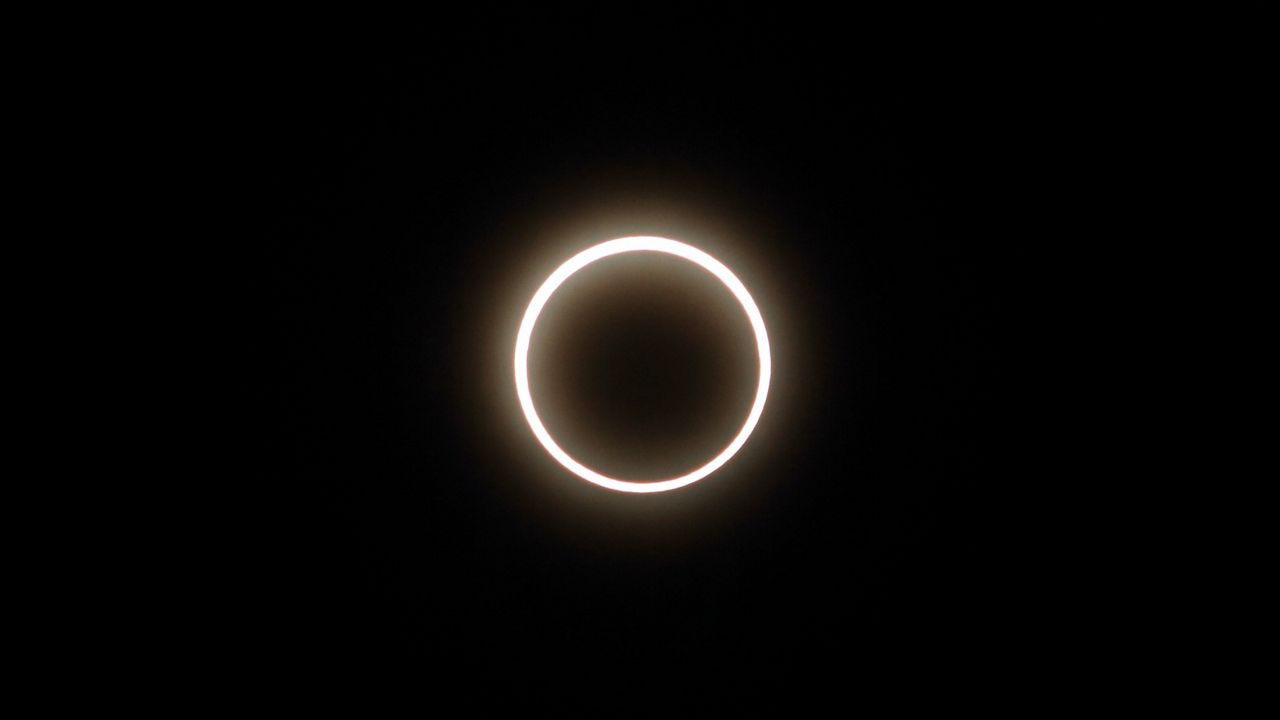Oct. 14 is our next annular solar eclipse! We’ll have an excellent viewing advantage in Texas, so let’s dig into this event and go over all the specifics to make sure you’re prepared for the big day.
First off, what does "annular" mean? To begin, let’s touch on scale and positioning... remember the moon is about 400 times smaller than the sun, but it’s also about 400 times closer to Earth than the sun.
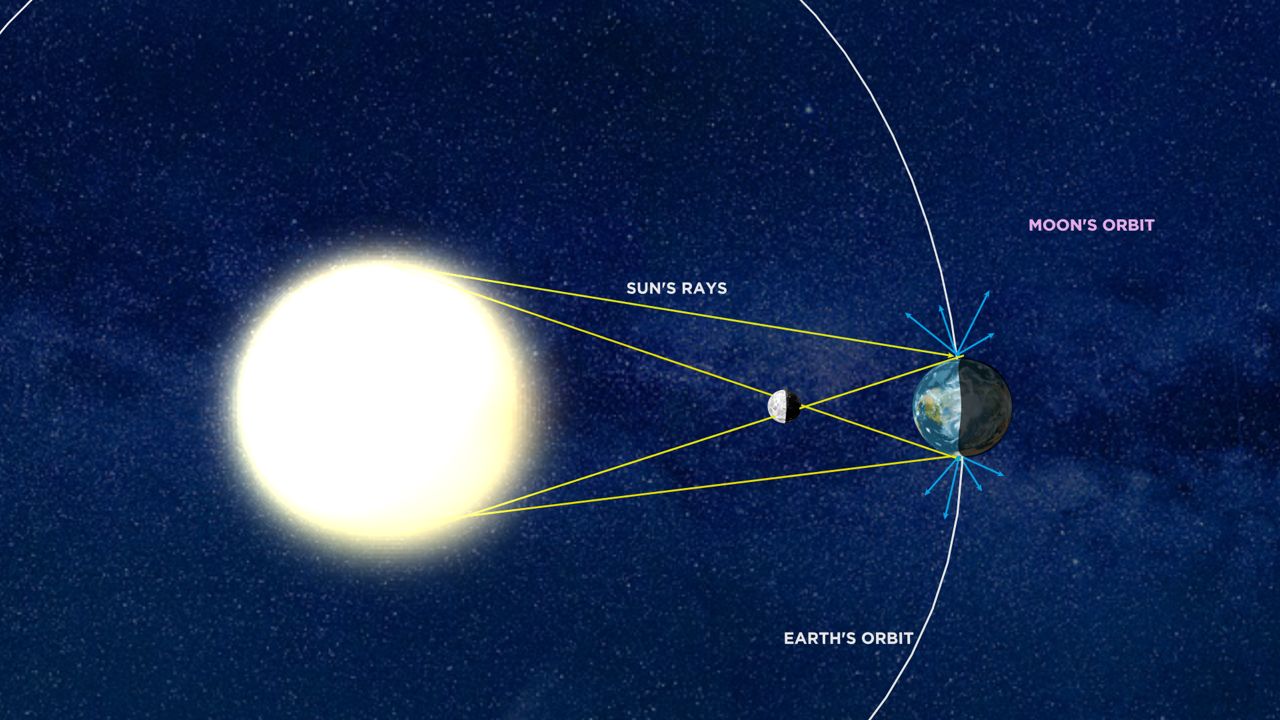
When the moon is at or near its farthest point from Earth and passes between the sun and Earth, it’s called an annular eclipse. During this event, the moon doesn’t completely cover the sun. Instead, the moon appears as a dark disk on top of a larger, bright disk, creating what looks like a ring around the moon.
Many would argue that the most spectacular type of eclipse is a total solar eclipse, which is the only type of solar eclipse where viewers can remove their eclipse glasses when the moon is blocking the sun, but an annular eclipse is pretty cool, too. How often can you see a ring around the sun? Just remember to keep your solar glasses on the entire time for eye safety.
The annular eclipse will begin in the Pacific Northwest, moving from the coast of Oregon to the Texas Gulf Coast. Hopefully, the weather will cooperate and we can get a spectacular view.
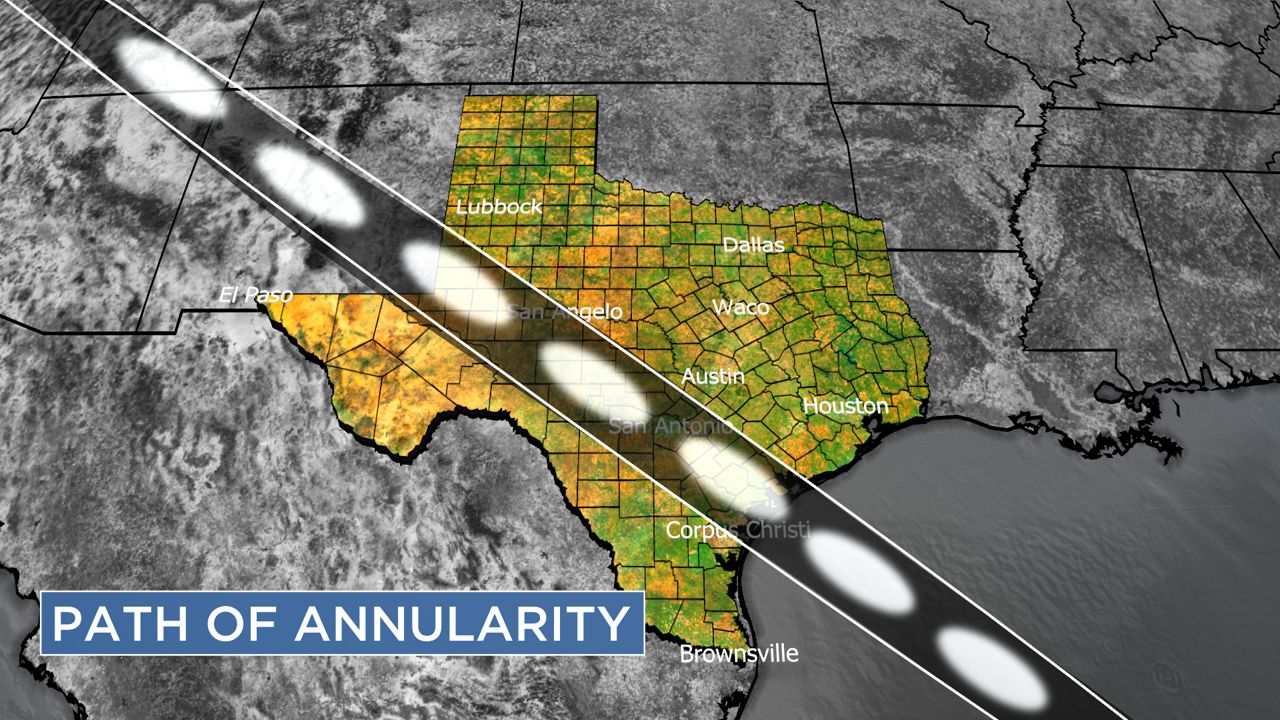
To see all phases of an annular eclipse, you must view it from somewhere along the path of annularity. DFW will have 86% obscuration of the sun at 11:52 a.m. on Oct. 14 and see a partial crescent in the sky. Austin will see nearly 93% coverage and witness a narrow half circle in the sky.
The best place to see the eclipse is in San Antonio (which is in the path of annularity) at 11:54 a.m. when the sun and moon will align, creating the ring of fire effect.
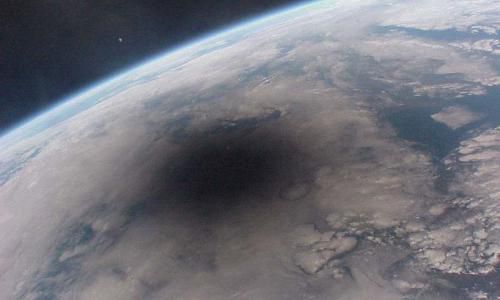
Make sure you’re outside with plenty of time to spare. The annular portion of the eclipse only lasts four minutes and the event ends at 12:04 p.m. in South Texas. If you aren’t punctual, you can see a partial eclipse for about three hours, from roughly 10:30 a.m. to 1:30 p.m.
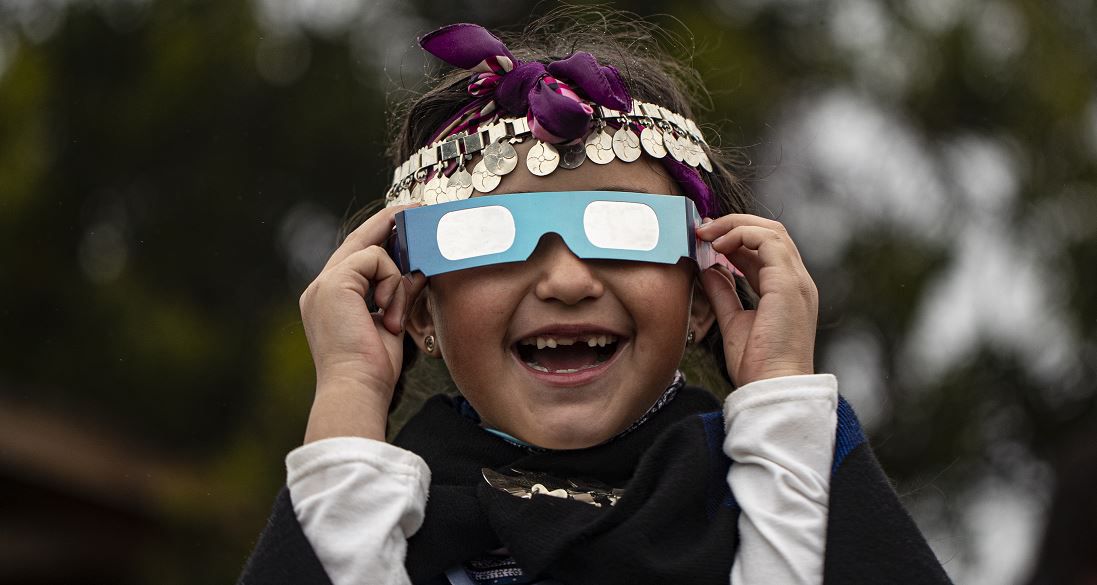
Don’t forget that our next total solar eclipse in the U.S. will be on April 8, 2024.
Our team of meteorologists dives deep into the science of weather and breaks down timely weather data and information. To view more weather and climate stories, check out our weather blogs section.



